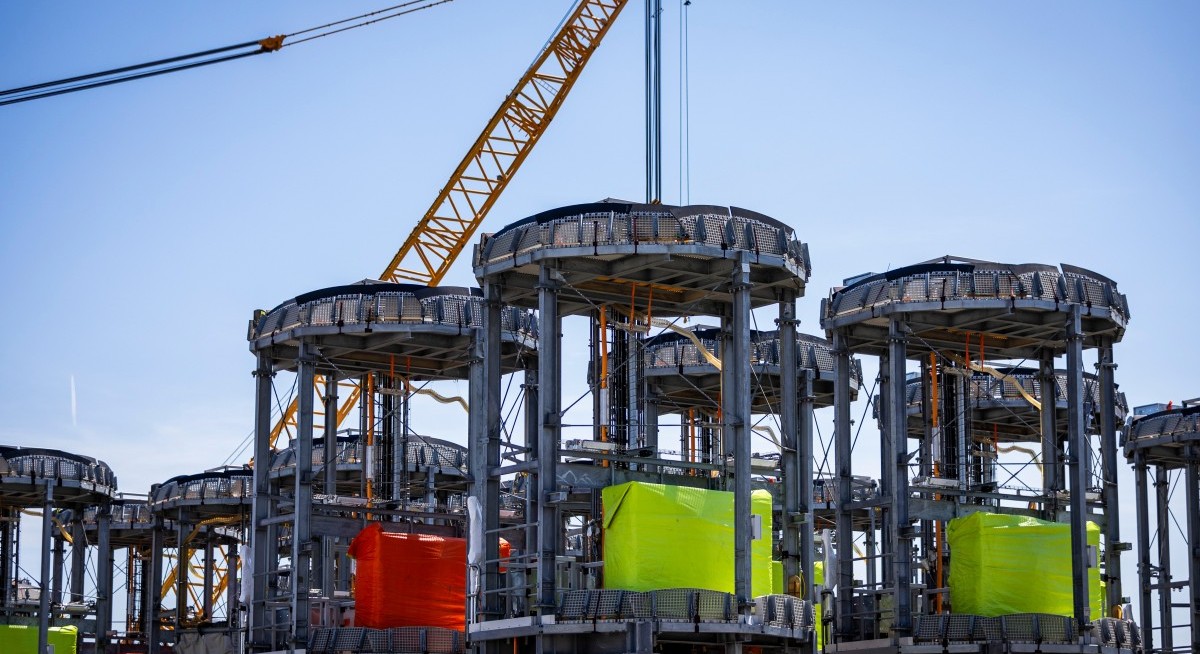That’s compared to 81 gigawatts the prior year as developers race to complete projects before the cutoff date.
While renewables are often the cheapest source of electricity, the forecast underscores the reliance clean energy still has on subsidies.
Eliminating federal incentives threatens to upend the US energy industry by hampering the roll out of wind and solar, which have become the biggest sources of new electricity generation.
See also: With no net-zero target, Far East Orchard focuses on cutting Scope 1, 2 emissions
The decline will come at a critical moment, as the power industry scrambles to deliver additional capacity to meet an expected jump in demand from data centers running artificial intelligence.
The shift will be especially hard on the solar industry.
Once developers lose tax credits, only 30% of planned solar projects will be able to deliver competitive prices and are “expected to survive,” according to the research company Enverus.
About 57% of wind farms will be competitive without credits, according to an Enverus report issued this week.




